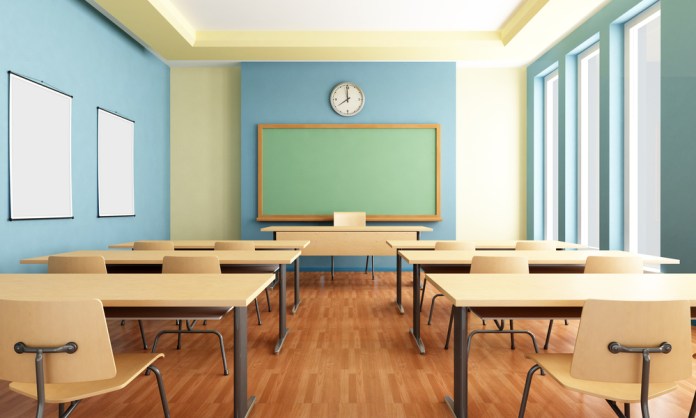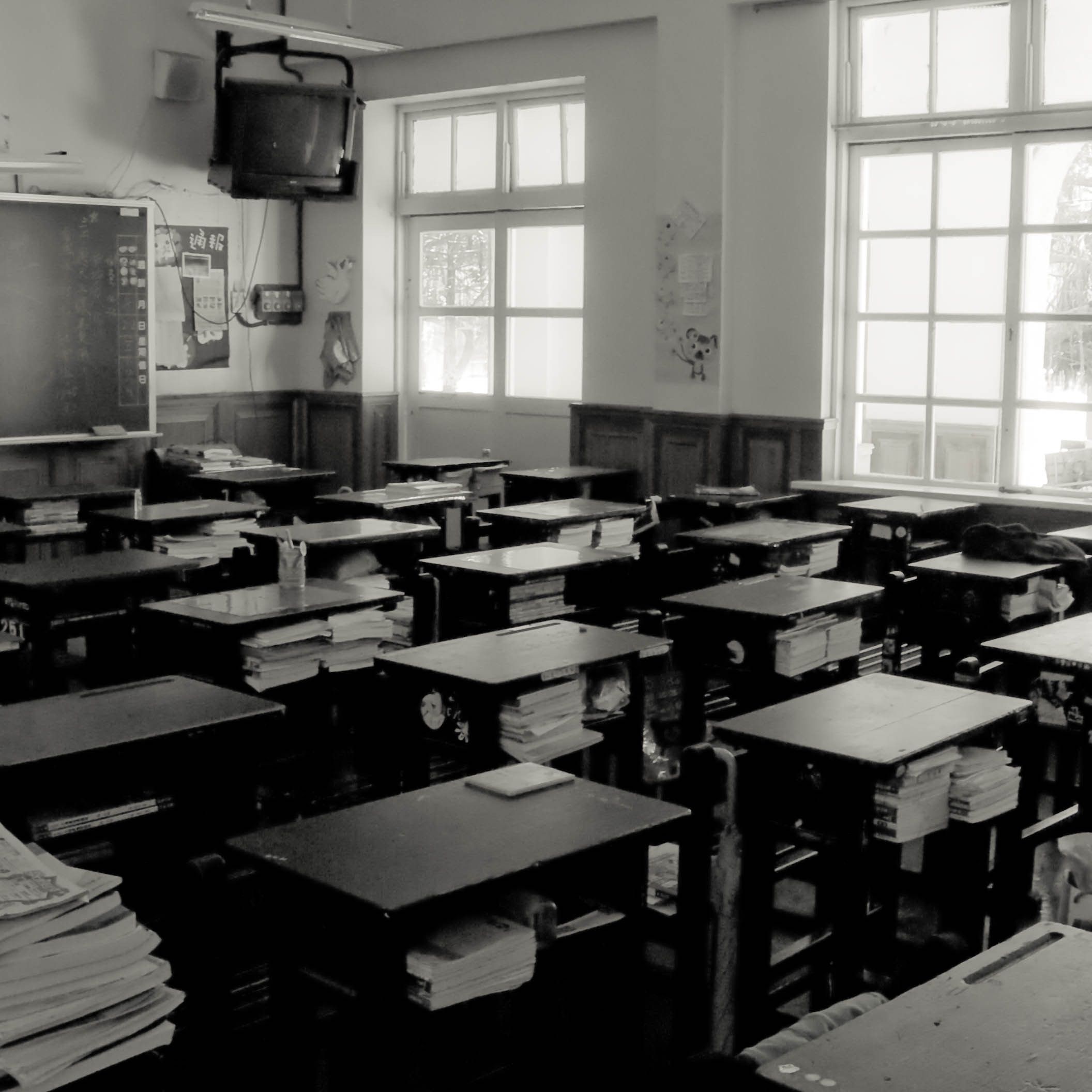How Do We Solve the Falling Grade Crisis?
Based on recent reports from Prince William County school staff, middle and high school students are failing two or more classes at elevated rates. While the number of students failing from the first to the second quarter is typical, it is higher than usual, with approximately 26.3% of students in this quarter failing two or more classes compared to 15.1% at this time last year. Many attribute it to being at home studying in a virtual setting.
As the pandemic changed the way teachers have to educate their students, and the plans for bringing students back to the classroom seems like a reality, the problem still remains.
The popular talking point in addressing this issue is “it’s because the kids are not in class,” but it’s more than that. What are schools doing to address this issue other than placing children back in the classrooms? There are students, especially in Black and brown communities, that are reading at a lower grade level yet get passed to the next grade. In some cases, by the time they reach high school, they’re two grades behind where they should be. There needs to be more intervention specialists who can provide sufficient data to the school board about what is going on. Children are suffering academically, and it’s not being addressed, at least not at the local level. Too often the image that students are struggling virtually is presented from the 30,000 foot level, but if we take a closer look, we’ll find that there are some real problems that have to be discussed and resolved with the transition back into the schools. Will we see a change in the way educators are supported? How data is being presented from different systems to ascertain why that is the case?
Last week the county saw the official appointment of a new school board superintendent, and optimism is abound. However, will incoming Superintendent McDade be able to resolve the long standing issues that have plagued Black and brown students when it comes to literacy rates? It’s long overdue to make the students’ personal development a priority.



